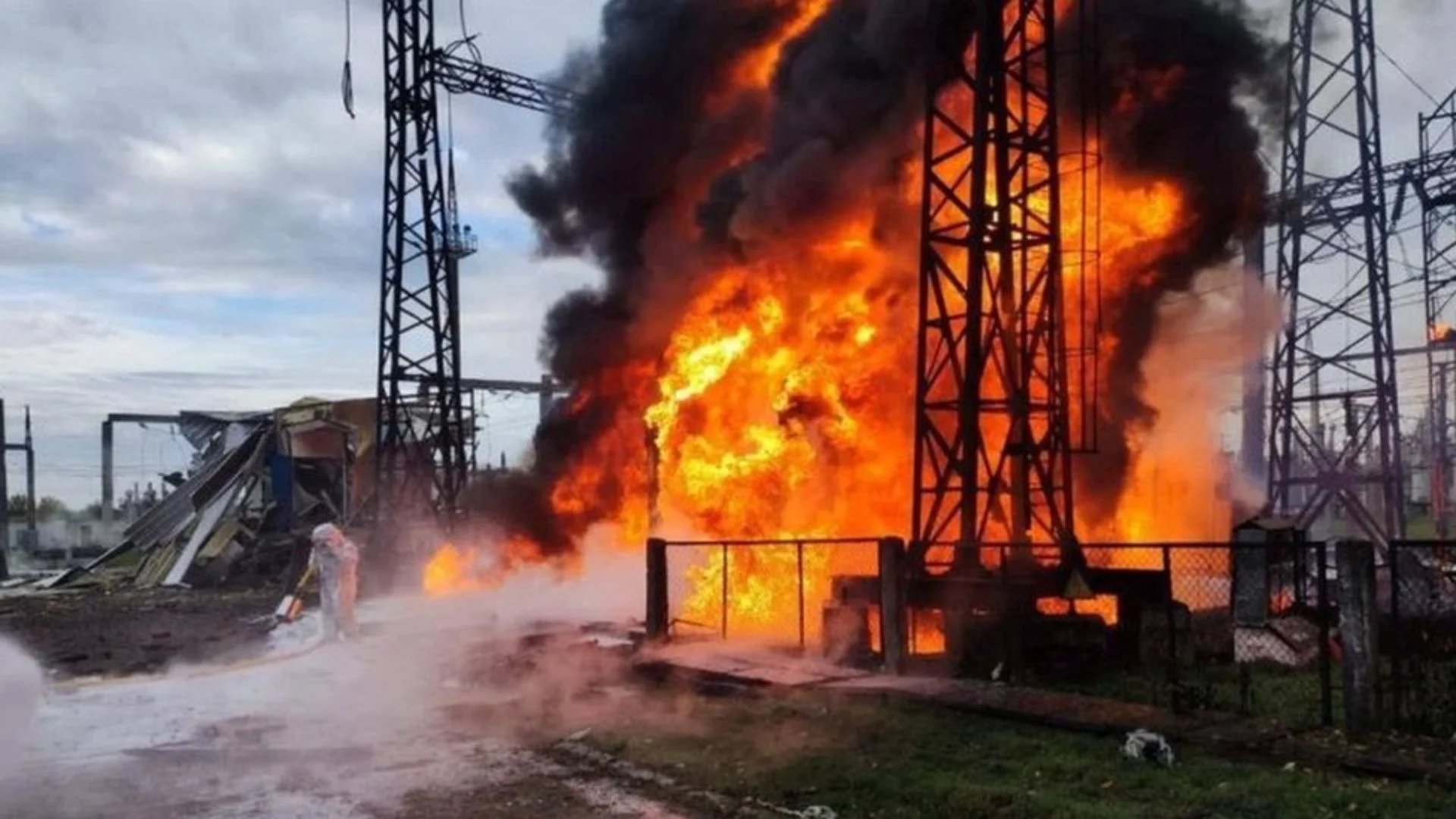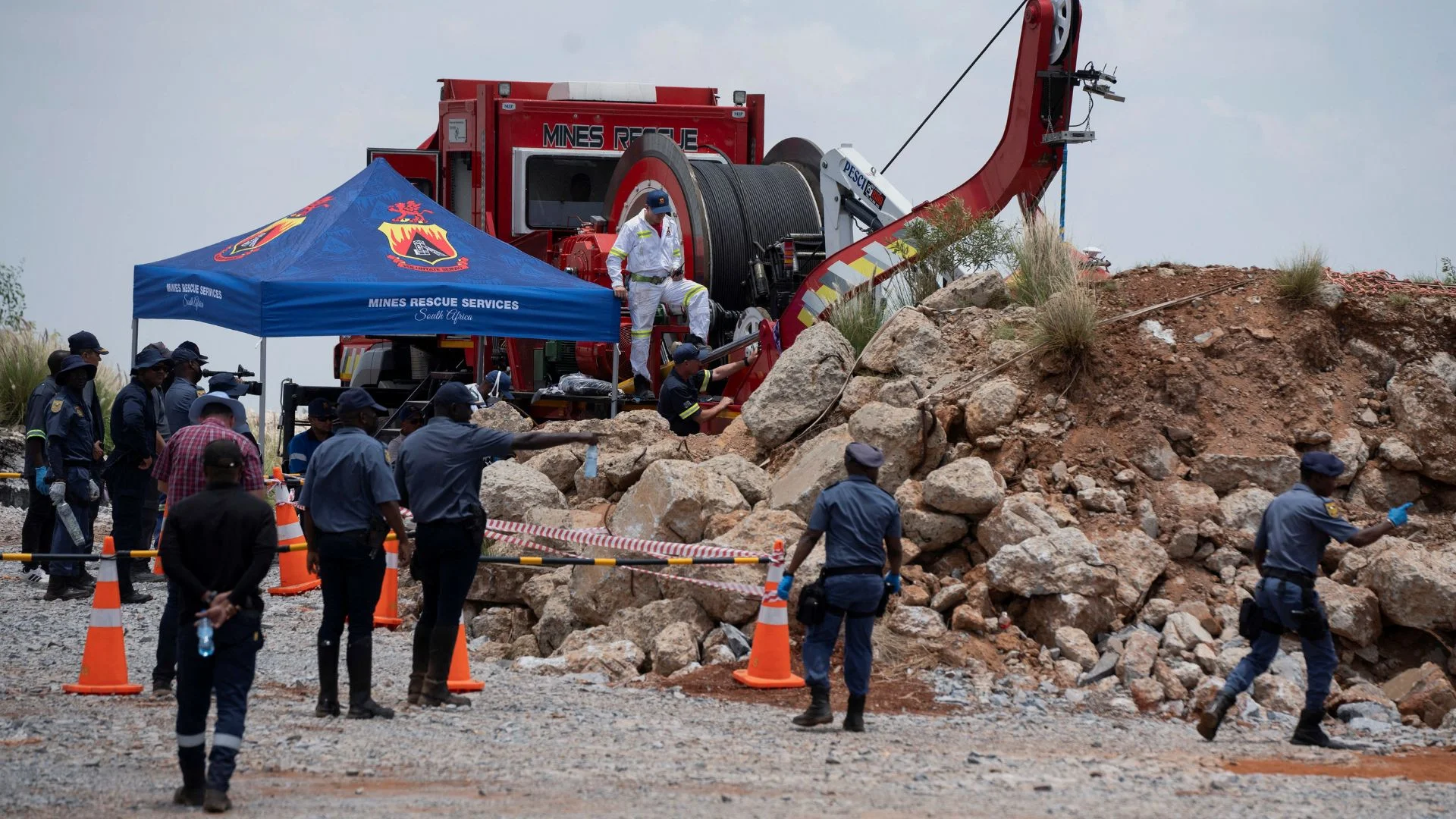One of the most important munitions of the Ukraine war comes from a historic factory in this city built by coal barons, where tons of steel rods are brought in by train to be forged into the artillery shells Kyiv can’t get enough of — and that the U.S. can’t produce fast enough.
The Scranton Army Ammunition Plant is at the vanguard of a multibillion-dollar Pentagon plan to modernize and accelerate its production of ammunition and equipment not only to support Ukraine, but to be ready for a potential conflict with China.
But it is one of just two sites in the U.S. that make the steel bodies for the critical 155 mm howitzer rounds that the U.S. is rushing to Ukraine to help in its grinding fight to repel the Russian invasion in the largest-scale war in Europe since World War II.
The invasion of Ukraine revealed that the U.S. stockpile of 155 mm shells and those of European allies were unprepared to support a major and ongoing conventional land war, sending them scrambling to bolster production. The dwindling supply has alarmed U.S. military planners, and the Army now plans to spend billions on munitions plants around the country in what it calls its most significant transformation in 40 years.
It may not be easy to adapt: practically every square foot of the Scranton plant’s red brick factory buildings — first constructed more than a century ago as a locomotive repair depot — is in use as the Army clears space, expands production to private factories and assembles new supply chains. There are some things that Army and plant officials in Scranton won’t reveal, including where they get the steel for the shells and exactly how many more rounds this factory can produce.
“Unfortunately, we understand that the production is very limited and it’s been more than a year of war,” Ukraine parliamentary member Oleksandra Ustinova said at a German Marshall Fund media roundtable in Washington on Monday. “But unfortunately we are very dependent on 155.”
The Army is spending about $1.5 billion to ramp up production of 155 mm rounds from 14,000 a month before Russia invaded Ukraine to over 85,000 a month by 2028, U.S. Army Undersecretary Gabe Camarillo told a symposium last month.
Already, the U.S. military has given Ukraine more than 1.5 million rounds of 155 mm ammunition, according to Army figures.
But even with higher near-term production rates, the U.S. cannot replenish its stockpile or catch up to the usage pace in Ukraine, where officials estimate that the Ukrainian military is firing 6,000 to 8,000 shells per day. In other words, two days’ worth of shells fired by Ukraine equates to the United States’ monthly pre-war production figure.
“This could become a crisis. With the front line now mostly stationary, artillery has become the most important combat arm,” said a January report by the Washington-based Center for Strategic and International Studies.
Together, the plants are under contract for 24,000 shells per month, with an additional $217 million Army task order to further boost production, although officials won’t say how many more 155 mm shells are sought by the task order.

















